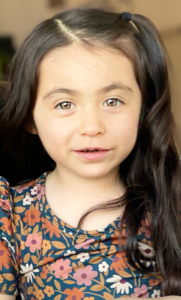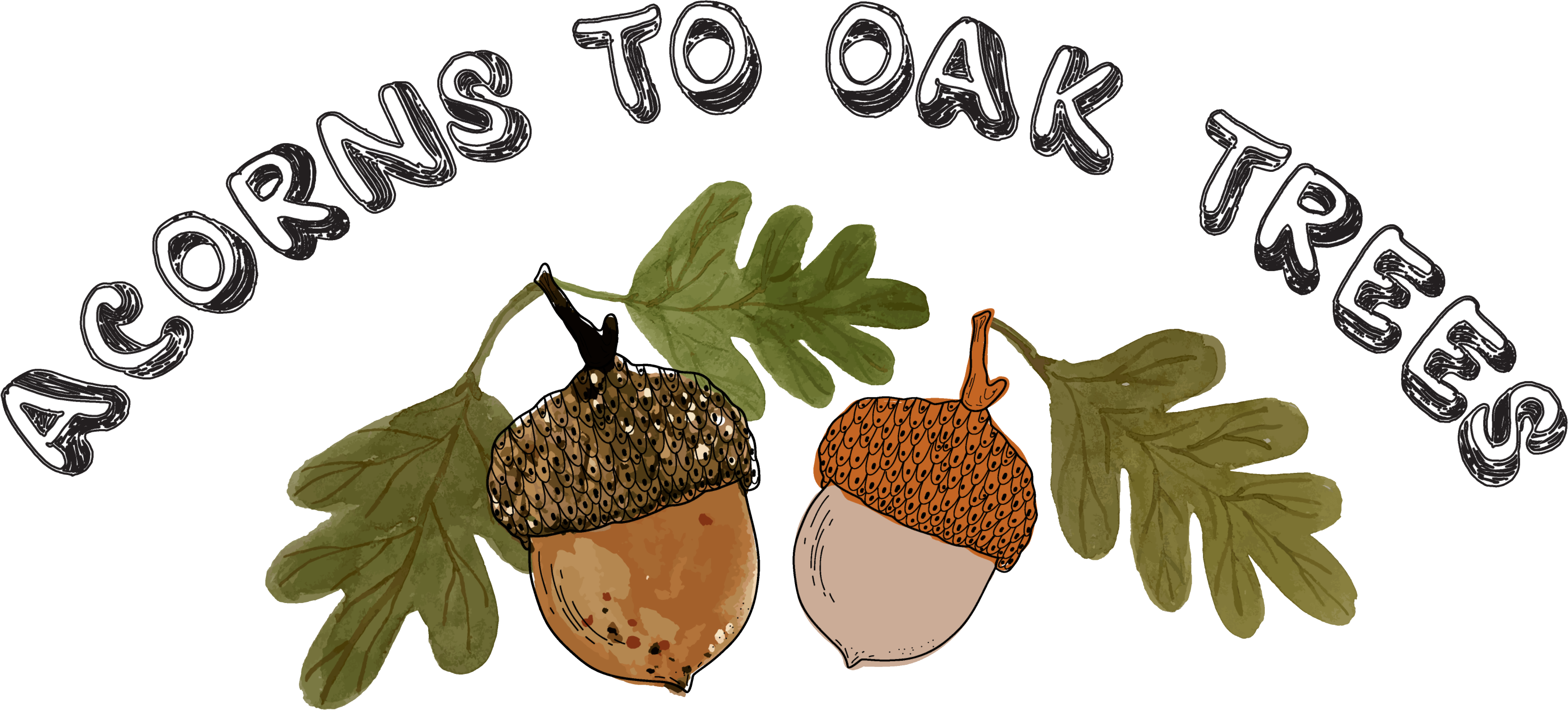Harley's Hope Project

Acorns to Oak Trees was inspired by Season and James’s oldest daughter, Harley, who has Autism Spectrum Disorder and their journey of discovering the Regional Center and navigating its system. Having lived and worked in Indian country for many years, Season realized that there were many service access and equity barriers that existed for tribal families with special needs, primarily due to lack of awareness about services and the huge disconnect between most Regional Centers and tribal communities.
After learning the high number of tribal children who are diagnosed every year with intellectual and developmental disabilities (IDD), and knowing the difficulty she faced in navigating the system, she knew something must be done to reach and help tribal communities. Season reached out to California Department of Health and Human Services and the Department of Developmental Services and shared Harley’s story and advocated for better outreach efforts to tribal communities.
After being touched by Harley’s story and looking at the data on tribal families, the department agreed that something needed to be done and policy was created that earmarked money in the state’s budget every year specifically for outreach to tribal communities. The organization came to life with the start of Harley’s Hope Project.
Harley’s Hope utilizes storytelling by sharing Harley’s story and those of other tribal families to increase awareness in tribal communities about intellectual and developmental disabilities (IDD) and works with families to understand developmental milestones and early warning signs of IDD and works to build relationships between Regional Centers and Native families.
The project addresses some of the most common reasons why tribal communities are underserved by the Regional Centers (e.g. lack of cultural competency and knowledge of tribal governments and rural settings); as well as some of the most common reasons why tribal families are less likely to access services from the Regional Centers (e.g. lack of awareness, stigma, fear, and resources).
Storytelling is a powerful way to engage native families and it is the project’s hope that by sharing their own personal journeys of understanding and accepting their child’s diagnosis; that it will help remove some service barriers by increasing Native families awareness of Regional Centers and the life changing services they can provide for their loved ones.
